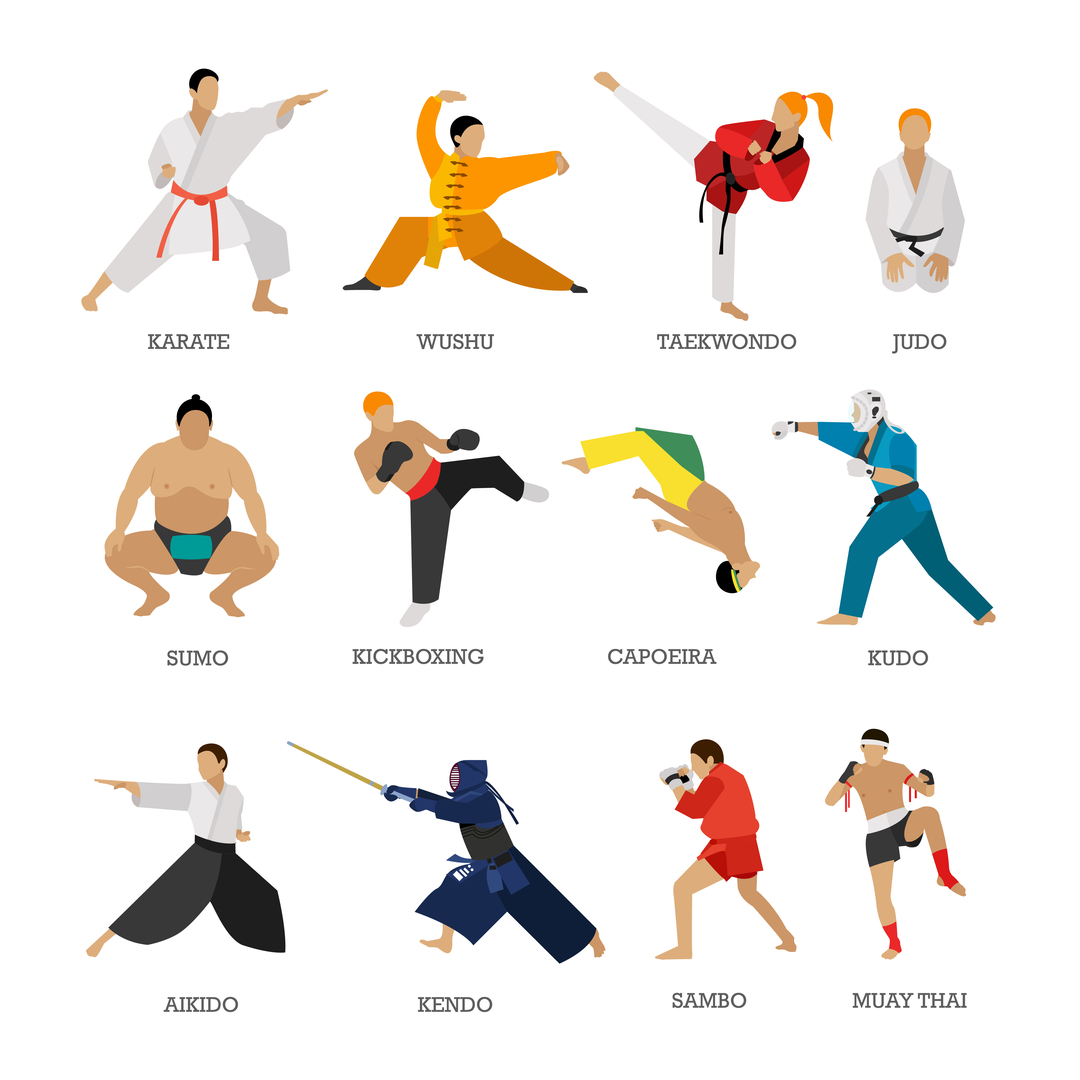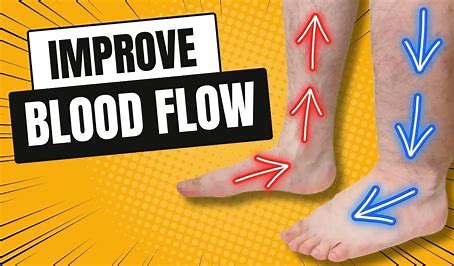Embarking on a martial arts journey is a rewarding endeavor that can enhance your physical fitness, mental discipline, and self-confidence. Whether you’re interested in self-defense, competition, or personal growth, this guide provides a structured approach to help you start and progress in martial arts.
Step 1: Choose the Right Martial Art Style
Selecting a martial art that aligns with your goals and interests is crucial. Here’s an overview of some popular styles:
- Karate: Emphasizes striking techniques such as punches, kicks, and knee strikes.
- Taekwondo: Focuses on high, fast kicks and dynamic footwork.
- Brazilian Jiu-Jitsu (BJJ): Centers on ground fighting, submissions, and grappling techniques.
- Muay Thai: Known for its powerful strikes using fists, elbows, knees, and shins.
- Judo: Concentrates on throws, joint locks, and pins.
- Kalaripayattu: An ancient Indian martial art focusing on agility, strength, and weaponry.
Consider your physical capabilities, interests, and the availability of schools in your area when choosing a style.
Step 2: Research and Select a Martial Arts School
Finding a reputable school is essential for quality instruction. When evaluating potential schools:
- Instructor Credentials: Ensure the instructor has appropriate certifications and experience in the chosen martial art.
- Class Structure: Look for schools that offer structured classes with a clear progression system.
- Facilities: Check if the school is equipped with proper mats, training equipment, and a clean environment.
- Community: A supportive and respectful community can enhance your learning experience.
Visit schools, observe classes, and speak with instructors to find the best fit for you.
Step 3: Invest in Proper Gear
Depending on the martial art, you may need specific equipment:
- Gi (Uniform): Common in Karate, Judo, and BJJ.
- Gloves and Hand Wraps: Necessary for striking arts like Muay Thai and boxing.
- Mouthguard: Protects teeth during sparring.
- Shin Guards: Important for Muay Thai and other striking disciplines.
Ensure your gear fits well and is appropriate for the martial art you’re practicing.
Step 4: Establish a Consistent Training Routine
Regular practice is key to improvement. Aim to train at least two to three times per week. Consistency helps in:
- Skill Development: Regular practice reinforces techniques and builds muscle memory.
- Physical Conditioning: Enhances strength, flexibility, and endurance.
- Mental Discipline: Fosters focus, patience, and perseverance.
Create a schedule that fits your lifestyle and stick to it.
Step 5: Focus on Fundamentals
Mastering the basics is crucial for long-term success. Concentrate on:
- Stances and Postures: Form the foundation for all movements.
- Basic Techniques: Learn fundamental strikes, blocks, and footwork.
- Breathing: Proper breathing techniques enhance performance and endurance.
Avoid the temptation to rush into advanced techniques before solidifying the basics.
Step 6: Embrace Sparring and Partner Drills
Sparring and partner drills provide practical experience:
- Controlled Sparring: Practice techniques in a safe, controlled environment.
- Partner Drills: Work with a partner to improve timing, distance, and reaction.
- Feedback: Receive constructive criticism to refine your skills.
Always prioritize safety and mutual respect during these sessions.
Step 7: Monitor Your Progress and Set Goals
Setting clear, achievable goals keeps you motivated:
- Short-Term Goals: Focus on mastering specific techniques or improving fitness levels.
- Long-Term Goals: Aim for milestones like earning a new belt or competing in a tournament.
- Self-Assessment: Regularly evaluate your progress and adjust your training as needed.
Celebrate your achievements, no matter how small, to maintain motivation.
Step 8: Maintain Physical and Mental Well-being
Martial arts training can be physically demanding. To support your body:
- Rest and Recovery: Allow adequate time for muscles to recover between sessions.
- Nutrition: Consume a balanced diet to fuel your body and aid in recovery.
- Hydration: Stay hydrated to maintain performance levels.
- Mental Health: Practice mindfulness and stress-relief techniques to maintain focus and clarity.
Remember, a healthy body and mind are essential for effective training.
Step 9: Explore Additional Learning Resources
Supplement your training with additional resources:
- Books and Articles: Read materials related to your martial art to deepen your understanding.
- Online Tutorials: Utilize reputable online platforms for supplementary learning.
- Seminars and Workshops: Attend events to learn from experienced practitioners and broaden your knowledge.
Always ensure the resources are credible and align with your training goals.
Step 10: Stay Committed and Patient
Progress in martial arts takes time and dedication:
- Patience: Understand that mastery comes with consistent effort.
- Perseverance: Push through challenges and setbacks.
- Community: Engage with fellow practitioners for support and camaraderie.
Embrace the journey, and the results will follow.
Final Thoughts
Learning martial arts is a fulfilling journey that offers numerous benefits. By following this step-by-step guide, you can embark on your martial arts path with confidence and clarity. Remember, the key to success lies in consistent practice, a focus on fundamentals, and a commitment to personal growth.





